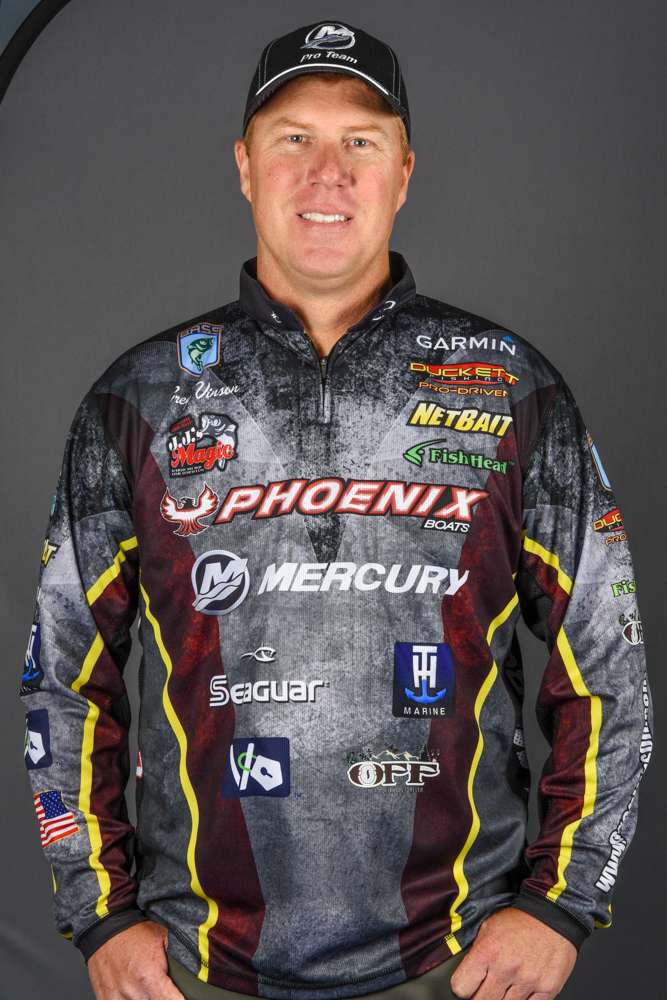The fall feeding “frenzy” is about to begin. I put frenzy in quotes because it can be a little misleading. They’re feeding. There’s no doubt about that. At the same time, however, there are some other things happening that can make this time of the year a little tough.
The first thing that’s going on is that the natural stratification of the water is breaking up. All the layers are mixing together. That means the fish are starting to scatter, but they don’t always scatter in predictable ways.
They tend to move shallow but that doesn’t necessarily mean they’re in the backs of creeks, bays, hollows and such. They may very well be on shallow offshore humps and flats. It all depends upon the baitfish. Where they go, the bass will follow.
So, the first thing you need to deal with is finding the baitfish. That’s mostly a process of hunting and searching. Sometimes you can see them. Sometimes you need to throw a lure that covers lots and lots of water. You’ll either find the bass or you’ll see the bait scatter when your lure runs through them.
Whichever lure you choose it needs to match the hatch as closely as possible. The water’s clear. The fish can see. They can be finicky.
Matching the hatch is about more than color and size. It’s also about speed and depth. There are several lures that’ll help you put all four of those factors together. My preference is to fish a small, paddle tail swimbait rigged on a head that has a small spinner under it.
The baitfish that are moving shallow are from the spring of the year. Most of them are really small, usually between 2 and 3 1/2 inches. Small plastic swimbaits will help you match size easily and inexpensively. They also come in an unlimited number of colors. Pick two or three that look like the local shad and you’ll be able to handle most situations.
The only thing I do with my plastics at this time of the year is add a little chartreuse to the tail. That seems to help the bite. I use J.J.’s Magic.
I rig several lures before I leave the dock with different weight heads. That lets me regulate both depth and speed. Don’t think of weight as only affecting depth. It also affects speed. (You can reel a heavy head faster than a light head and still hold a deeper depth.)
There has to be hundreds of plastic boot tails and heads out there. I fish with Little Spanky swimbaits because the small size is only 3 1/4 inches long and the tail wobbles at very slow speeds. My head choice is a Fish Head Spin from Fish Head, previously known as Sworming Hornet Lures. My usual weights range from 3/8 ounce to 3/4 ounce, but I’ll go lighter or heavier if conditions require it.
I throw them on a 7-foot, 3-inch medium-heavy casting rod with a 7.1:1 gear ratio Halo reel spooled with 10- or 12-pound-test Seaguar InvizX line.
Catching bass now is more about searching and matching the hatch than it is about having a boatload of tackle.





